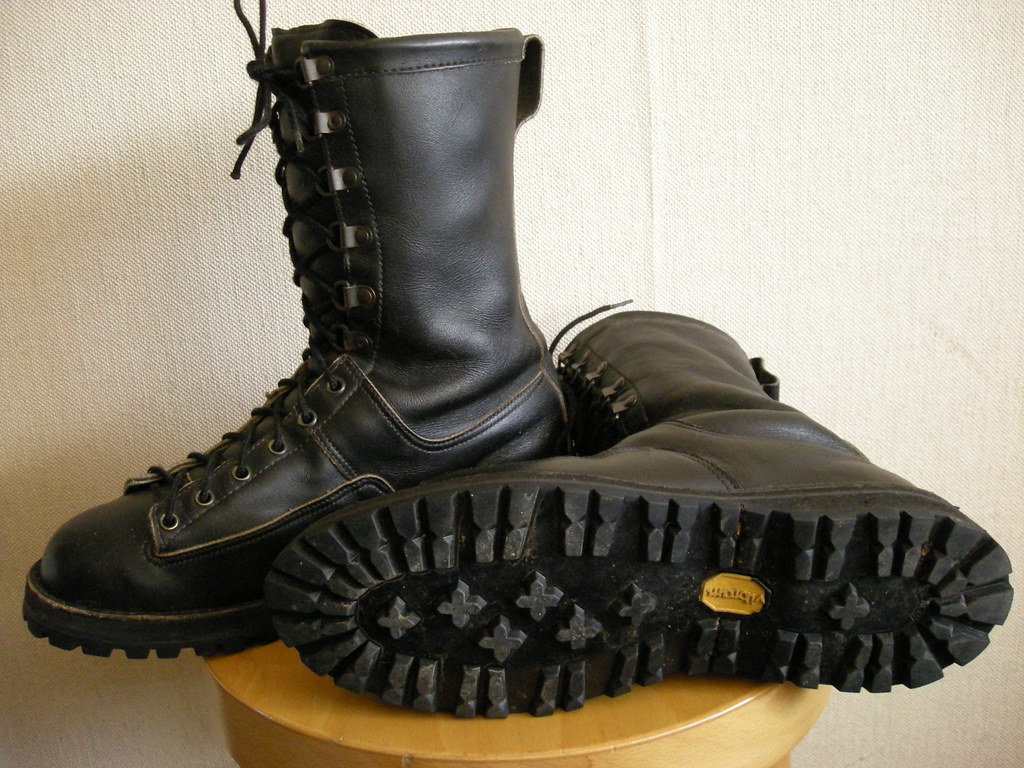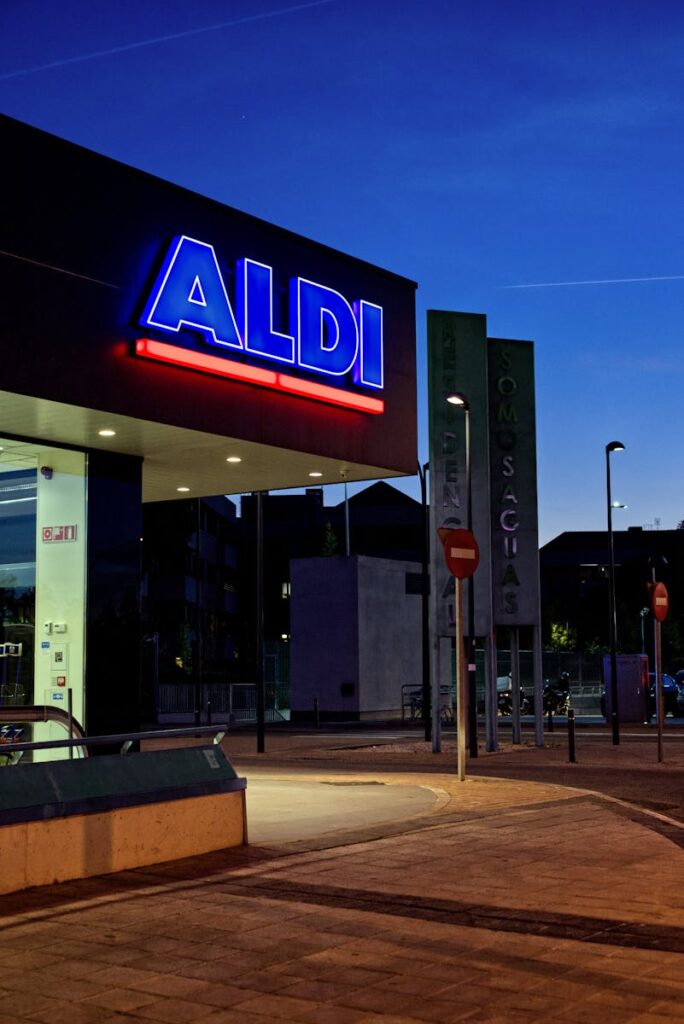If you’re like me, you know the value of a great pair of boots. They’re not just a part of your outfit; they’re a companion on your daily adventures, a shield against the elements, and a statement of your personal style. So when the soles of my summer Danner boots started to give up the ghost, nearly peeling off completely, I knew I had to take action. It’s a tale as old as time for those of us who are tough on our footwear: you find a good deal on a pair that you think will last for years, only to find them in need of repair after just a single season. It’s enough to make you question your choices – and the durability of modern boots.
Understanding the Problems and the Solution
Before you toss your trusty Danners to the side, let’s talk about a solution that might just save your soles – and I’m not talking about a quick fix with rubber cement. I’m talking about a proper, lasting repair that will have you stomping through your day-to-day life with the same confidence as when you first laced them up.
The problem of delaminating soles isn’t unique to Danner boots; it’s a common issue that many of us have faced with various brands over the years. From Danner to Rocky, from Georgia Boot to Timberland and Wolverine, it seems that the soles just aren’t sticking like they used to. And while it’s tempting to blame the manufacturers, the truth is that the way we use and care for our boots plays a significant role in their longevity.
What’s the deal with delaminating soles? It’s a fancy term for when the sole separates from the rest of the boot, which can happen for a number of reasons. It could be due to excessive heat, like from a campfire, which can melt the manufacturer’s glue. It could be from heavy usage, which wears down the glue and materials. Or it could simply be a manufacturing flaw. Whatever the cause, it’s a problem that needs fixing if you want to keep your boots in action.
You might be thinking, ‘Can’t I just slap some rubber cement on there and call it a day?’ Well, you could, but if you’re looking for a repair that’s going to last, you’ll want something a bit more robust. Enter GEAR AID Aquaseal SR Shoe Repair Adhesive. This isn’t your average glue; it’s a flexible rubber adhesive that’s designed specifically for repairing footwear. It won’t crack or peel over time, it’s waterproof, clear, and abrasion-resistant, and best of all, it’s permanent. That means you can repair your boots once and get back to your life without worrying about them falling apart again.

Step-by-Step Boot Repair Guide
Before we dive into the nitty-gritty of boot repair, let’s talk about what you’ll need to get started. Here’s your shopping list:
– GEAR AID Aquaseal SR Shoe Repair Adhesive
– Isopropyl alcohol (max 70%)
– Cleaning cloth or brush
– Application brush
– Duct tape
– Sandpaper (for sole repairs)
With these supplies in hand, you’ll be ready to tackle the four basic types of shoe repair: repairing delaminating soles, sealing leaks, rebuilding worn-out soles and heels, and repairing rands and boot panels. And don’t worry, I’ll guide you through each step of the process.
Before we get our hands dirty, let’s take a moment to consider the importance of proper boot care. As one Marine-turned-hiker pointed out, a good pair of boots, like a good car, deserves regular maintenance. If you take them in to be resoled when they need it, rather than throwing them away when the tread wears thin, you’ll extend their life significantly. It’s about being proactive rather than reactive – and that’s a philosophy that can apply to many areas of life, not just boot care.
Are you ready to give your Danner boots the TLC they deserve? Stay tuned for the step-by-step guide in the next section, where I’ll walk you through the repair process. Whether you’re a seasoned DIYer or a novice looking to save your favorite pair of boots, I’ve got you covered. Let’s turn those worn-out boots into a testament to your resilience and resourcefulness. After all, a little wear and tear is just a sign of a life well-lived, and with the right repair, your Danner boots will be ready to take on many more adventures with you.
We’ve established the importance of proper boot care and the limitations of a quick rubber cement fix, let’s get down to brass tacks with a step-by-step guide to fixing your Danner boots. Remember, the goal here is to provide a permanent solution to your delaminating soles, not just a temporary patch-up. So, roll up your sleeves, and let’s get to work.
You’ll want to assess the damage. If your soles are flapping in the breeze like a flag on the Fourth of July, it’s time to take action. Start by giving your boots a good cleaning. Use a stiff brush to remove any dirt, and then wipe down the affected area with isopropyl alcohol. This will ensure that the surface is clean and ready for the adhesive to do its magic.
It’s time to apply the GEAR AID Aquaseal SR Shoe Repair Adhesive. This isn’t your grandpa’s glue; it’s a high-tech solution that’s going to make your boots feel brand new. Apply the adhesive evenly across the sole, ensuring good adhesion. You don’t want to skimp on this step – think of it as laying the foundation for a house. You want it strong and even.
Once you’ve applied the adhesive, it’s crucial to keep the sole and upper boot tightly together while the glue cures. You can use a clamp if you have one, but if not, duct tape will do the trick. Wrap it around the boot like you’re swaddling a baby – snug, but not too tight. Then, let it sit overnight. This is the perfect time to catch up on some Netflix or start that book you’ve been meaning to read.
Let’s talk about leaks. If you’ve got a pair of boots that are more ‘water-friendly’ than ‘waterproof,’ it’s time to seal those leaks. Clean the area with isopropyl alcohol, apply the Aquaseal SR over the cracks, and fill in every nook and cranny. Set the sole on a level area and let it cure. This is where patience is a virtue – give it the full 8-12 hours to ensure a solid seal.
If your heels are worn down to nubs, don’t despair. Sand down the worn area, clean it with alcohol, and use duct tape to create a mold around the heel. This will contain the adhesive and form your new heel. Apply the Aquaseal SR, set the boot upside down on a flat surface, and let it cure. It’s like giving your boots a heel transplant.
For those of you with peeling rands or torn boot panels, the process is similar. Clean the area, apply the adhesive, and use tape to hold everything in place while it cures. It’s like performing surgery on your boots – but instead of a scalpel, you’re wielding a tube of Aquaseal SR.
Throughout this process, remember to keep your boots away from extreme heat sources. That campfire might be calling your name, but it’s also the siren song of sole delamination. Keep your boots at a safe distance, and they’ll thank you with many more miles of loyal service.
Fixing your Danner boots isn’t just about saving money; it’s about respecting the journey you’ve been on together. It’s about taking the time to care for something that takes care of you. So, when you lace up your newly repaired boots, take a moment to appreciate the work you’ve put in. You’ve not only restored your boots, but you’ve also reclaimed a piece of your adventurous spirit. And that, my friends, is priceless.
Remember, the key to a successful repair is patience, precision, and the right product. With GEAR AID Aquaseal SR Shoe Repair Adhesive, you’re not just fixing your boots; you’re preparing them for the next chapter in your story. So, here’s to many more trails, treks, and tales – with boots that are as ready for adventure as you are.
Related posts:
Boots fall apart?
Boot glue?
Everything That Goes Into Making a Danner Boot





